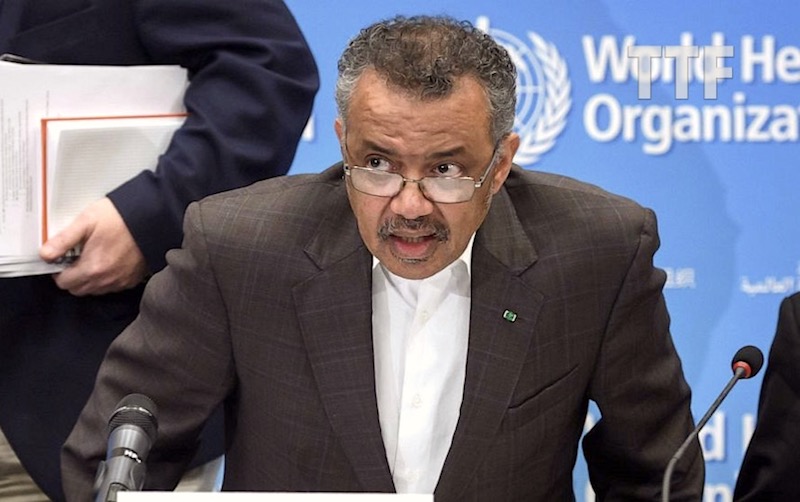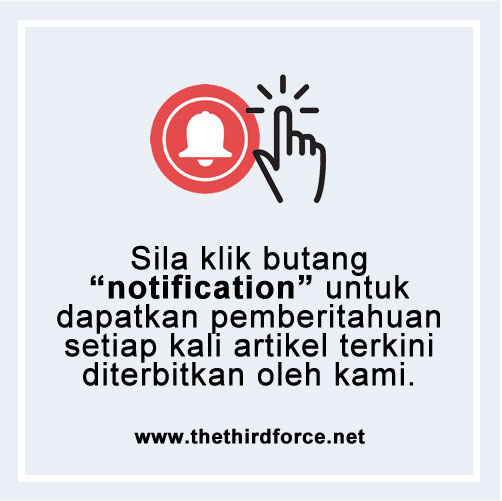
“At the time, apart from Hong Kong – which is Chinese territory anyway – no country in the world imposed an out-and-out, complete ban on visitors from the whole of China, save for North Korea, which has traditionally banned almost everybody”
Raggie Jessy Rithaudeen
وهو، ڤد بولن فيبواري، ممبري نصيحت تيدق ڤرلو لارڠ ڤرجالنن & ڤلنچوڠ
#TTFCovid19
It was not Malaysia’s decision, but advise by the World health Organisation not to ban travel
When it comes to a disease, particularly one that is new and not understood, a country simply cannot risk panic by assuming things will go out of hand and shut down national borders in the process.
Instead, one has to abide by guidelines set by the World Health Organisation (WHO), as the agency works to understand and monitor public health risks associated with an outbreak while coordinating responses to health emergencies worldwide.
On 29thof February 2020, the Director-General of the World Health Organization, following the advice of the Emergency Committee convened under the International Health Regulations (2005), declared the Covid-19 outbreak a public health emergency of international concern and issued temporary recommendations.
At this stage, the WHO strictly advised against travel or trade restrictions to countries experiencing Covid-19 outbreaks, and said:
“In general, evidence shows that restricting the movement of people and goods during public health emergencies is ineffective in most situations and may divert resources from other interventions. Furthermore, restrictions may interrupt needed aid and technical support, may disrupt businesses, and may have negative social and economic effects on the affected countries. However, in certain circumstances, measures that restrict the movement of people may prove temporarily useful, such as in settings with few international connections and limited response capacities.
“Travel measures that significantly interfere with international traffic may only be justified at the beginning of an outbreak, as they may allow countries to gain time, even if only a few days, to rapidly implement effective preparedness measures. Such restrictions must be based on a careful risk assessment, be proportionate to the public health risk, be short in duration, and be reconsidered regularly as the situation evolves.
“Travel bans to affected areas or denial of entry to passengers coming from affected areas are usually not effective in preventing the importation of cases but may have a significant economic and social impact. Since WHO declaration of a public health emergency of international concern in relation to COVID-19, and as of 27 February, 38 countries have reported to WHO additional health measures that significantly interfere with international traffic in relation to travel to and from China or other countries, ranging from denial of entry of passengers, visa restrictions or quarantine for returning travellers. Several countries that denied entry of travellers or who have suspended the flights to and from China or other affected countries, are now reporting cases of COVID-19.
At the time, apart from Hong Kong – which is Chinese territory anyway – no country in the world imposed an out-and-out, complete ban on visitors from the whole of China, save for North Korea, which has traditionally banned almost everybody.
It was only upon further assessment of reports and preliminary research indicators suggesting that the world was at serious risk should the chain of infections not be broken did the WHO characterize the Covid-19 outbreak as a pandemic.
In a televised press conference, the the Director-General of the WHO said:
“WHO has been assessing this outbreak around the clock and we are deeply concerned both by the alarming levels of spread and severity, and by the alarming levels of inaction.
“We have therefore made the assessment that COVID-19 can be characterized as a pandemic.
“Pandemic is not a word to use lightly or carelessly. It is a word that, if misused, can cause unreasonable fear, or unjustified acceptance that the fight is over, leading to unnecessary suffering and death.
“Describing the situation as a pandemic does not change WHO’s assessment of the threat posed by this virus. It doesn’t change what WHO is doing, and it doesn’t change what countries should do.
It was only then that travel restrictions were advised to break the chain of infections.



